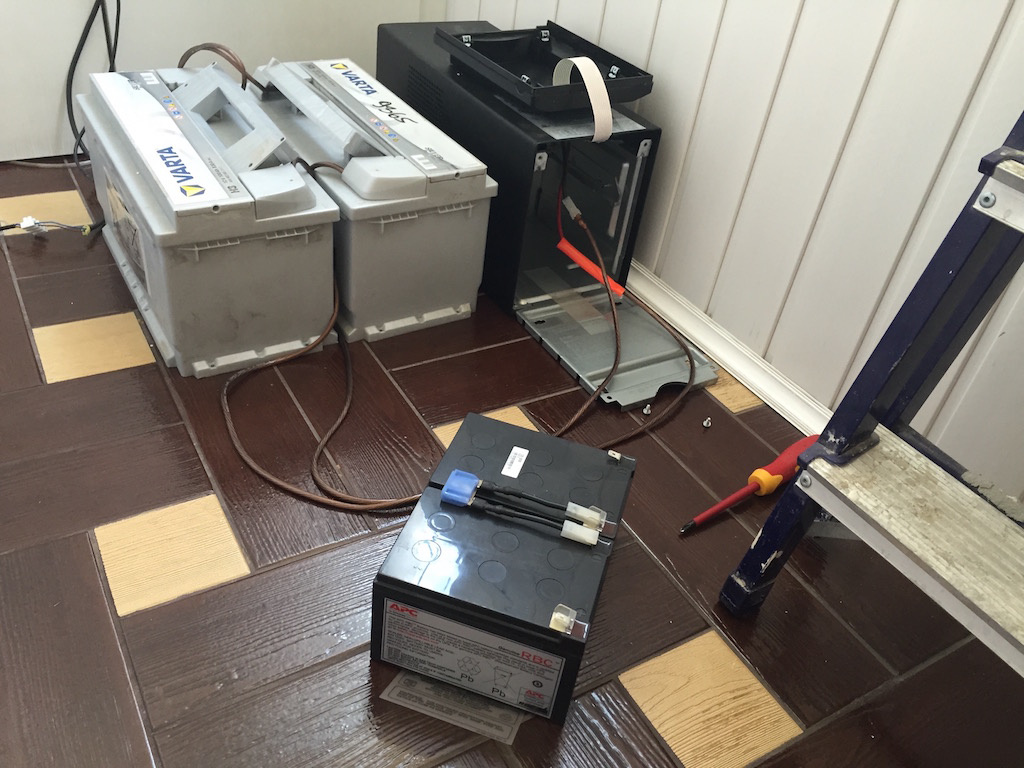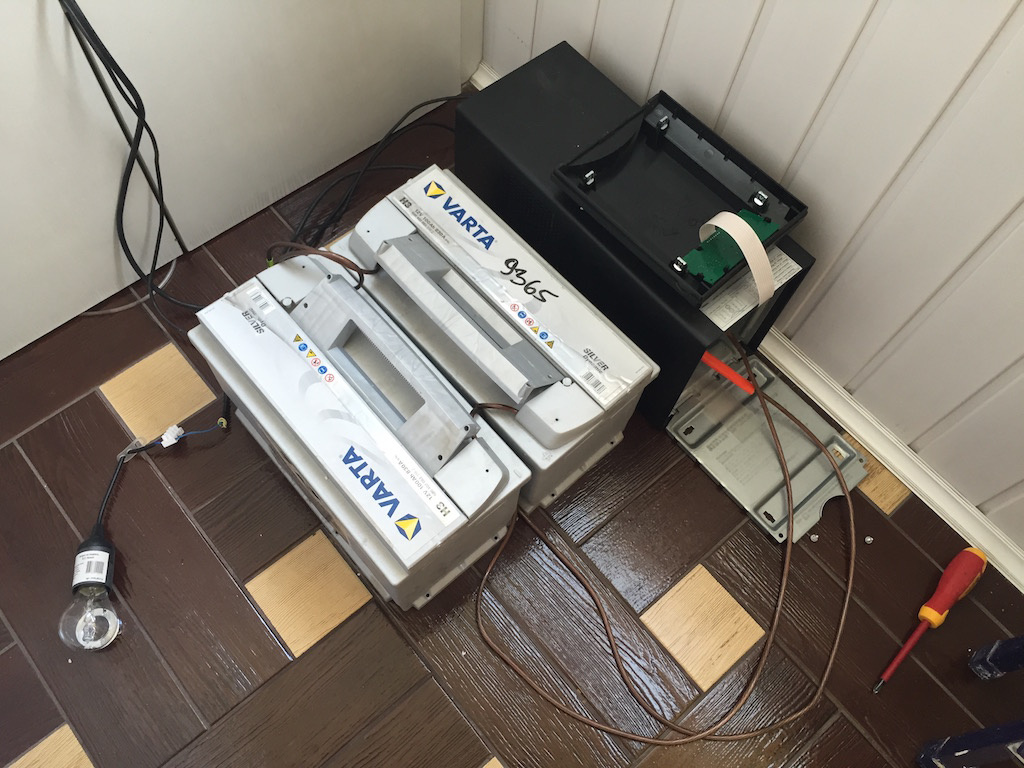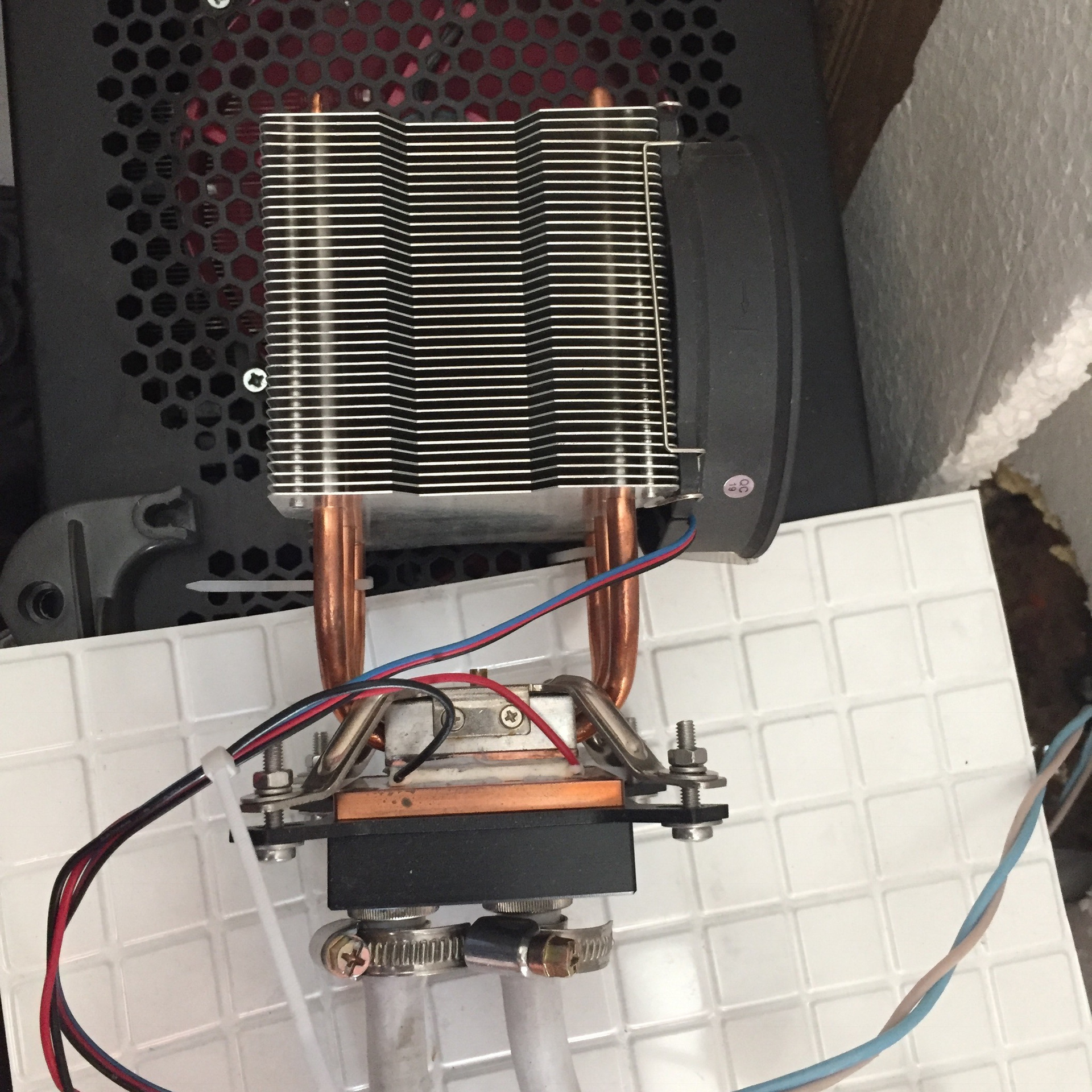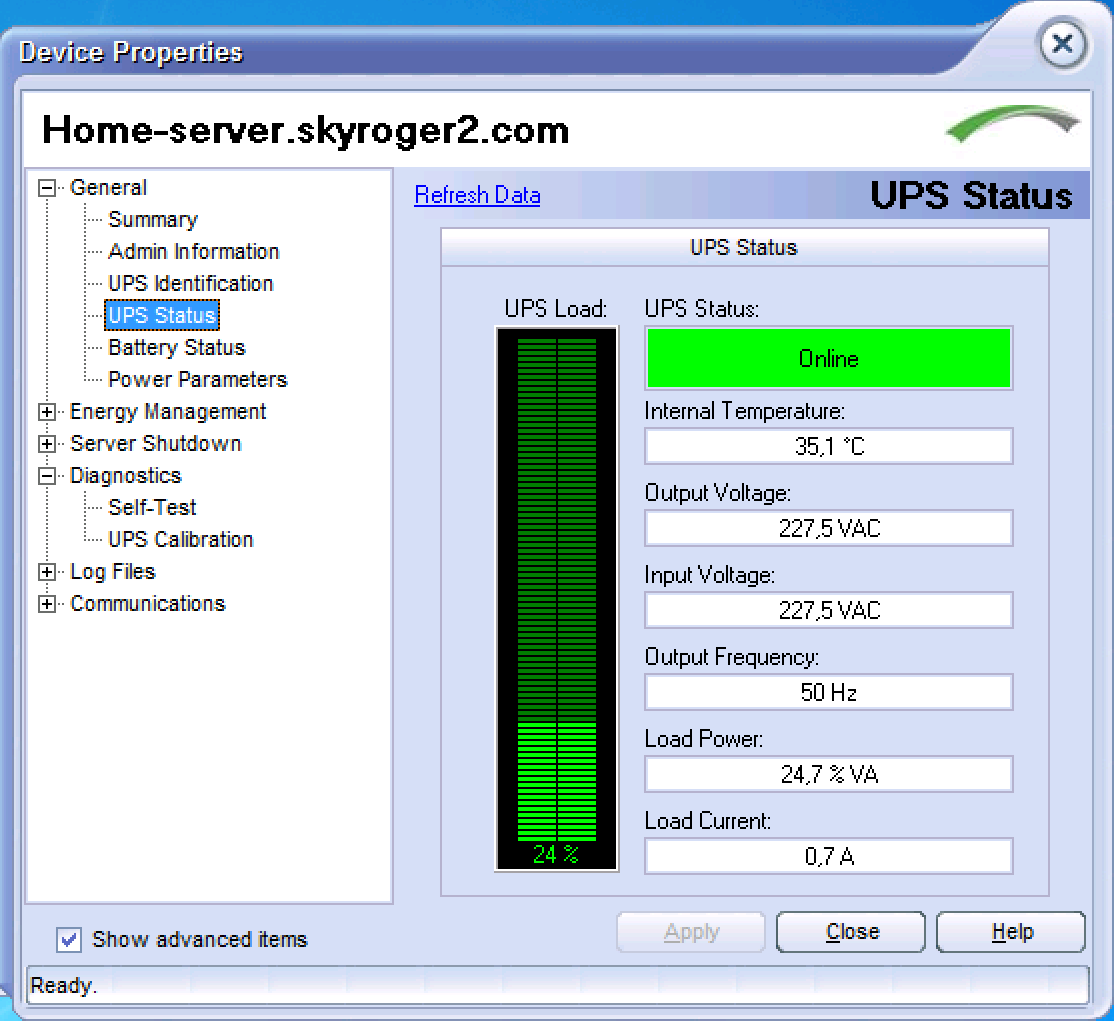Non-standard battery in APC Smart-UPS SUA 1000I

Home server, smart home controller, ONT from MGTS and other sensitive equipment I have long been connected via UPS from APC. Everything would be fine, but the native (rather expensive) batteries in it serve for two or three years, and then irreversibly degrade. In addition, even new batteries last for 15 minutes at best. When it was time for another battery replacement, I decided to find a more durable solution.
I can not say that the replacement of the battery is some kind of rocket science, but there were several questions with unclear answers:
- What batteries to take and what voltage?
- Will the batteries charge normally?
- Will UPS work not for 15 minutes, but for several hours?
- How to explain to UPS that he now has batteries of a different capacity?
For answers please under the cat
Battery selection
Well, this part was the easiest. In this model, APC Smart UPS uses conventional lead batteries with a total voltage of 24 V and a capacity of 12 Ah. The value of the voltage I really anywhere in the documentation did not meet, so I had to just measure it. If I were a little more attentive, I would find this value in APC PowerChute.
Structurally, the native battery consists of two 12-volt batteries connected in series through a 60 A. fuse.
Lead batteries are recommended to be charged with a current of one-tenth of the numerical value of the capacity, that is, in this case 1.2 A. It is impossible to exceed this value, it is possible to use a lower one, but the battery will charge longer. Thus, we can supply here any lead batteries with a capacity not less than the original ones.
Batteries are needed unattended (I really have not heard about serviced for 20 years and have not seen in the sale of battery sulfuric acid). It is better to use gel, it is believed that they have less discharge of chemically aggressive substances.
I purchased two car batteries of maximum capacity that I could find (100 Ah). Theoretically, this gave me 8.3 times more capacity and work time, by the way the price for these two batteries turned out to be about the same as the original APC battery.

Cooling
Inverter UPS is designed to work within 15-20 minutes from the original battery. It can be seen that the temperature inside the bespereboynik continuously rises, and reaches 50 degrees at ambient temperatures of 20-22 degrees. Most likely in a few hours it will simply overheat. Well, after removing the original battery in the case of a bespereboynik there was an empty seat, we will install a cooling system there.
I used a standard CPU cooler and brought the hoses from the water cooling system to it, which cools the home server. As shown by subsequent tests, this is quite enough.

Assembly design
Once in the original circuit there is a 60 A fuse, then we take the copper wires of 6 sq. Mm. Fuse took from the native battery. The currents are large, so you need to pay attention to the quality of the crimp terminals and the quality of all connections. An insufficiently high-quality connection with a resistance of only 0.05 Ohm will give us a voltage drop of 3 V and the release of 180 W of heat.
Batteries before connecting, I fully charged the car charger.
Calibration
Bespereboynik from APC can do the calibration. This is necessary in order to adapt to the parameters of that particular battery, which is in it, and to estimate the operating time from it. When calibrating a UPS, it runs on battery power for some time and assesses the rate at which the battery voltage drops, then it calculates certain constants and stores them in its non-volatile memory. The UPS itself calibrates it periodically; in addition, it is recommended to perform this procedure after replacing the battery.
For calibration, I connected a load to the UPS - a 115-watt light bulb. Calibration in this configuration takes many hours, the battery must be discharged to a certain voltage. It turned out that the calibration values have a wide enough range and in order to work with a battery with a capacity of 100 Ah. After calibrating and connecting the load, the UPS began to show quite optimistic battery life values.

After a full discharge, the battery was charged for about a day, which was the expected value. Overheating or anything similar was not observed.
Tests
Tests were not planned. But it so happened that I had to replace the electric shield on the stairs. The work took about 4 hours, all this time the home server was working from UPS, and the temperature inside the UPS did not rise above 42 degrees. According to my estimates, there would be enough electricity for about an hour.

Almost two years have passed since the UPS upgrade. All this time, it regularly performs its functions to protect equipment from power surges. Significant degradation of batteries has not yet been found.

All Articles